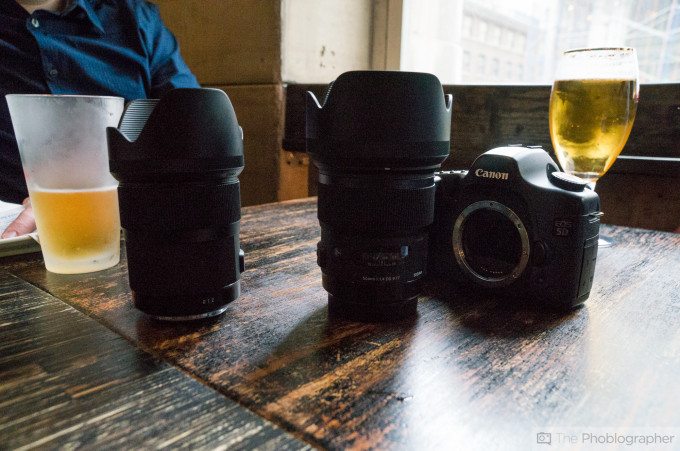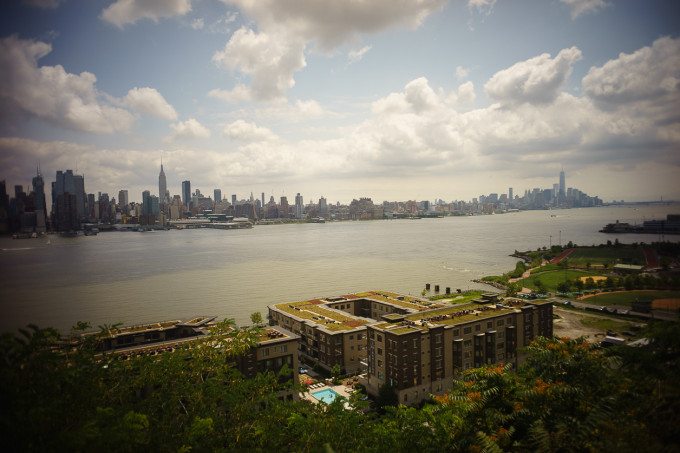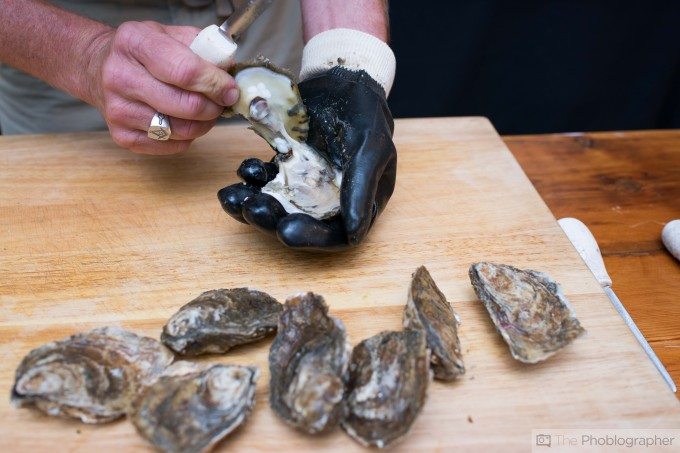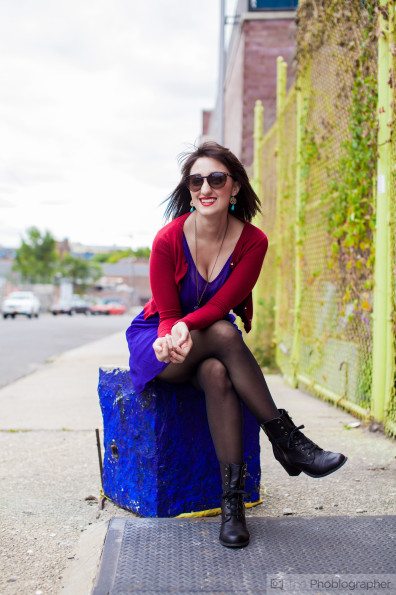In the world of photography–be it that the craft is carried out professionally or leisurely–it has always been a matter of dispute whether a prime lens is preferred over a zoom lens, or the other way around. We here at The Phoblographer tend to think rather pragmatically about this: each has its own merits and downsides, and it clearly depends on what you’re up to. Let’s however for a moment assume that you lean towards using prime lenses–or you want to. After years of lens testing lenses, we think there are five essential focal lengths that every photographer should try at least once. These are the 24mm super wide-angle, the 35mm wide-angle, the 50mm normal, the 85mm short telephoto, and the 135mm telephoto.
Before you go on, we also want you to remember that no one is making a bad camera or lens.
Each of these five focal lengths has its own strengths, and it is just as debatable which of these is the best as it is debatable whether a 24-135mm zoom lens wouldn’t be a far better choice. In general, what a prime lens offers you is that it’ll teach you to see within its restraints by forcing you to find subjects that lend themselves at a specific angle of view. Using a prime lens can also help spark your creativity by limiting the choices you have. Furthermore, we believe that most prime lenses are optically superior to zoom lenses (with certain exceptions).
For those with a more general approach to photography, these five focal lengths cover viewing angles from the wide end to the tele end, without veering too far into either direction. While a 24mm can be used for architectural photography and wide landscapes, a 135mm is great for close-ups and details. Going much wider or narrower requires much more confidence from the photographer into what they’re doing, and may not be recommendable for the beginner.
So, without much further ado, let’s take a look at the Focal Lengths Every Photographer Should Try.
The 24mm Wide-Angle
Why Use It?: The 24mm focal length has been used by architectural photographers, photojournalists, wedding photographers, event photographers and landscape photographers for many years. Its wide field of view can capture a very vast scene or a scene focusing up close on a subject with lots of the background in play.
How to Use it: Group photos, landscapes, night photos, and environmental portraits are where the 24mm excels. However, it’s also great on the street.
We Recommend: Nikon’s 24mm f1.4 G is one of our favorite versions of this focal length. But Rokinon also makes a really great option and even offers it as a tilt shift.
The 35mm Wide-Angle
Why Use It?: The 35mm field of view arguably mimics the way the human eye sees the world. It’s a great photojournalistic lens, can be used very well at concerts, is one of the most popular options for street photography, and even offers low enough distortion for wide portraits. Of any lens on this list, this is the most versatile.
How to Use it: If you’re shooting a portrait, don’t get super up close and personal. Otherwise, just shoot anything you want to your heart’s content.
We Recommend: At the top of our recommendations is Sigma’s 35mm f1.4 offering. But Canon’s 35mm f2 IS and Nikon’s 35mm f1.8 G are also not half bad. If you’re going mirrorless, nothing beats the Fujifilm 23mm f1.4 and Voigtlander 17.05mm f0.95 which provide the field of view accordingly to their systems.
The 50mm Normal
Why Use It?: Everyone says that you should start out with the 50mm prime lens. We tend to agree, but many of us grew to hate it. Like the 35mm lens, it can shoot pretty much anything but is a tighter focal lengths with less distortion.
How to Use it: Depending on the situations and surroundings that you’re in, it may not be as useful. Tight spots are not a place for the 50mm focal length. However, it does a great job of shooting nearly anything else.
We Recommend: The lens you’re supposed to start with if you’re a Canon user is the nifty 50, but you’ll quickly realize that you’ll want something more. The Nikon 50mm f1.8 G is a great option, but it’s not going to touch Sigma’s or Sony’s refreshes. Going mirrorless? The Fujifilm 35mm f1.4 X lens has received so many firmware improvements you’d be crazy to not get it.
The 85mm Short Telephoto
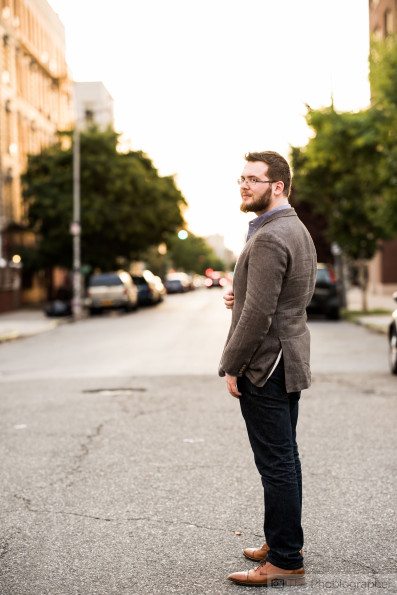
Why Use It?: The 85mm focal length has traditionally been relegated to shooting portraits up close. They offer lots of beautiful bokeh, are very sharp, and are the starting point for portraits. You shouldn’t really use a shorter focal length without post-processing.
How to Use it: It would be a shame to use these lenses stopped down anywhere past f6.3. Use the 85mm focal length for portraits and subjects that are a bit further away.
We Recommend: Nothing is going to begin to touch the Zeiss 85mm f1.4 Otus lens. But for the mere mortals among us, Sigma and Canon both make great versions, as do Samsung and Sony.
The 135mm Telephoto
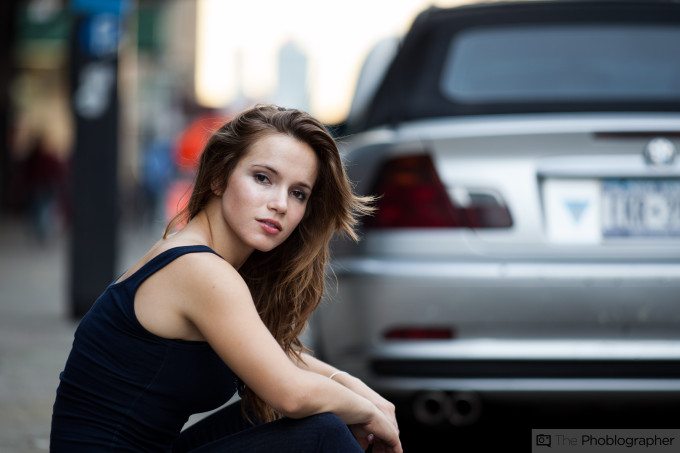
Why Use It?: You want lots and lots of bokeh in your images. The 135mm lens has been primarily used for portraits, but is also nice for landscapes.
How to Use it: Shooting portraits? Stop it down a tad to ensure that you get enough of your subject in focus and hold really still to prevent camera shake. Shooting Landscapes? Focus out to infinity and stop it down a heck of a lot.
We Recommend: Again, Zeiss is king here. But Sony makes a pretty good option too.


